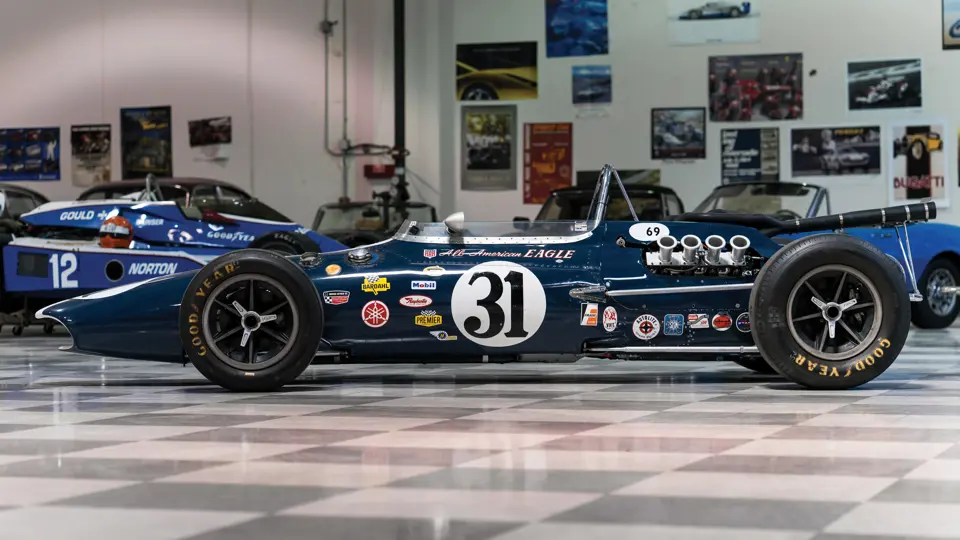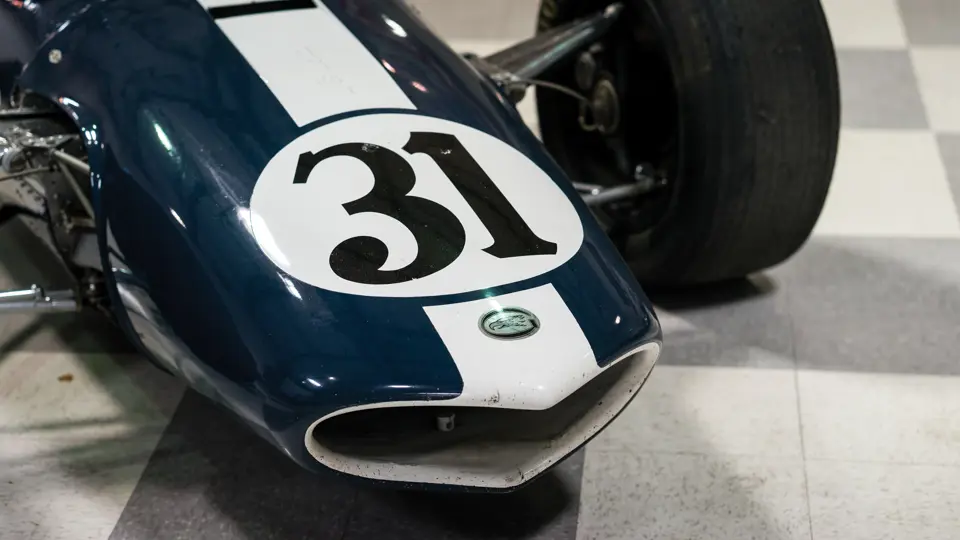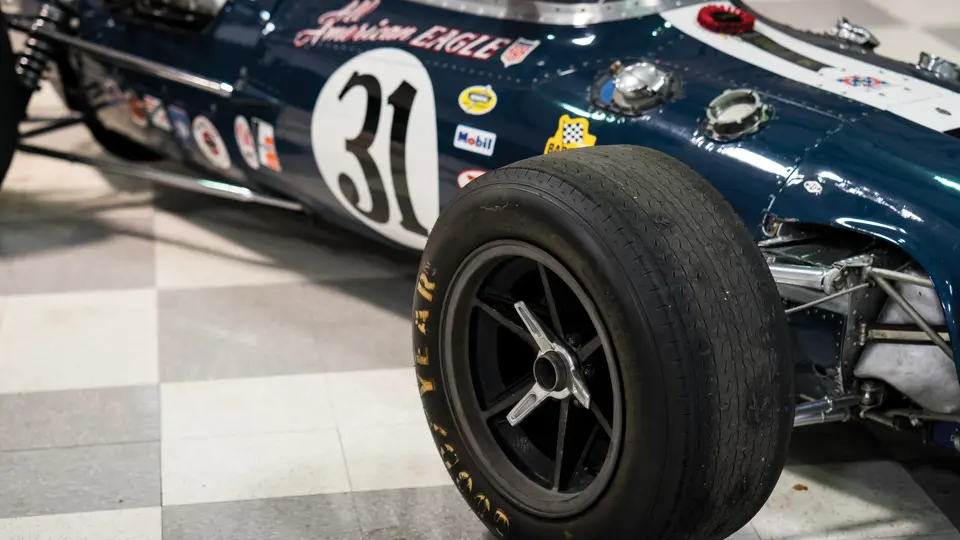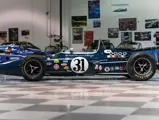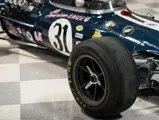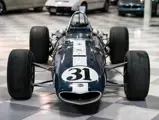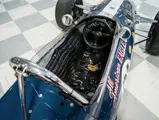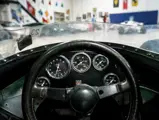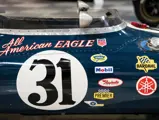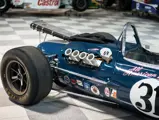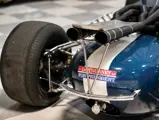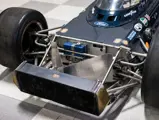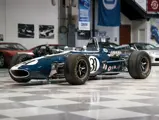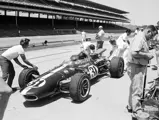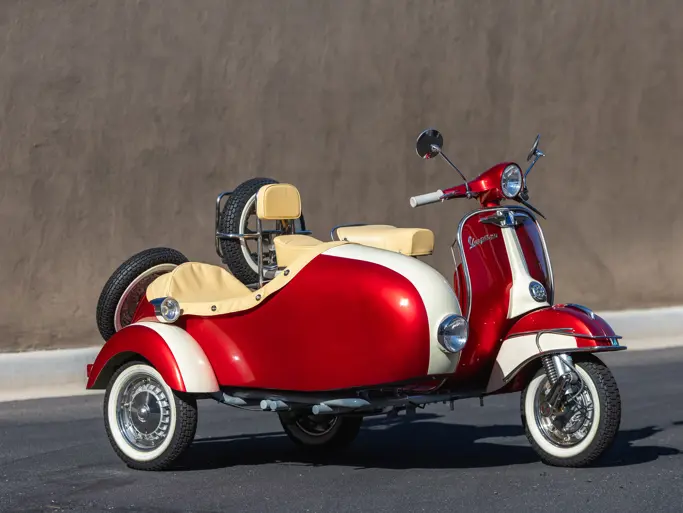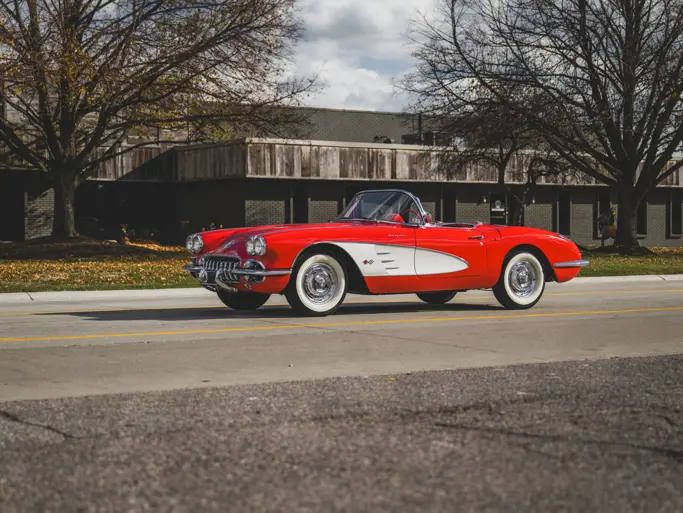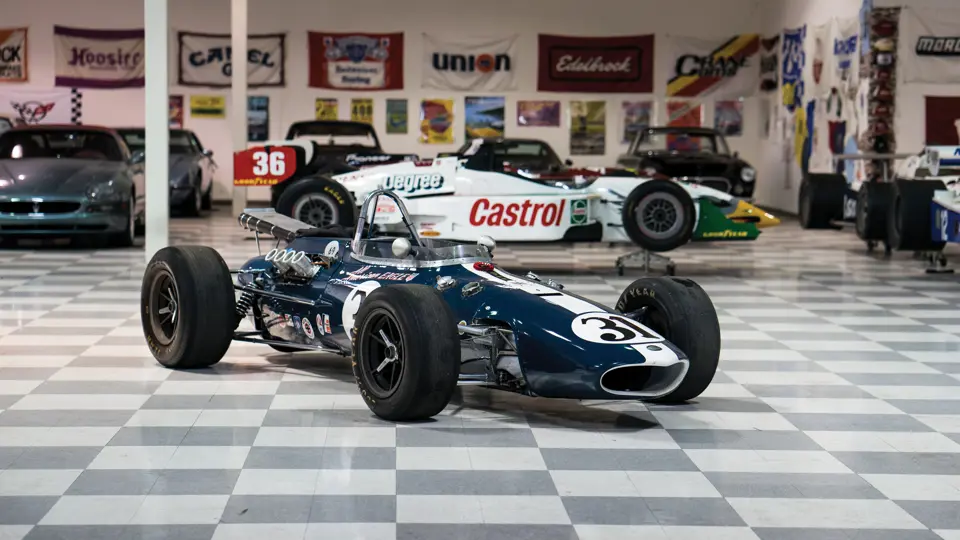
1966 AAR Eagle Indianapolis #31
{{lr.item.text}}
$962,500 USD | Sold
The Riverside International Automotive Museum Collection
{{bidding.lot.reserveStatusFormatted}}
- Offered from the Riverside International Automotive Museum Collection
- The very first Indy 500 Eagle, driven by Gurney at Indianapolis in 1966
- Campaigned at the Indianapolis 500 from 1966–1972
425 bhp, 255 cu. in. DOHC V-8 engine with Hilborn fuel injection, four-speed Hewland transmission, rack-and-pinion steering, front and rear independent suspension with adjustable coil-overs and double wishbones, and four-wheel vented hydraulic disc brakes. Wheelbase: 96 in.
Dan Gurney personifies All American Racers – he is the definitive example. Gurney is the first of three drivers to have won significant races in sports cars, NASCAR, and Indy Car. Gurney won the 1967 24 Hours of Le Mans and was the first driver to spray champagne around the podium. The Gurney flap is an accepted aerodynamic aide to a rear spoiler, and he was also the first driver to wear a full face helmet, in the 1968 German Grand Prix.
Gurney won his first Grand Prix victory driving for Porsche in 1962 at Reims. He was the first driver hired by Jack Brabham to drive his namesake car and scored Brabham’s first Grand Prix win at Rouen in 1964. Gurney left Brabham in 1965 to start All American Racers and build his own Eagle-Weslake cars, and when he won the 1967 Belgian Grand Prix, he was the only driver in history to have scored maiden Grand Prix wins for three manufacturers: Porsche, Brabham, and his own company.
Gurney’s first NASCAR race was 1962, but he was unbeatable at the Riverside, California, road course, winning for the Wood brothers in 1964, 1965, 1966, and 1968, and proved to be a formidable opponent on the legendary track in other automobiles as well. Yet Gurney’s principal focus with AAR was Indianapolis, as Goodyear struggled to break the Firestone tire monopoly in the mid-1960s, Gurney competed in the Indy 500 every year from 1962–1970.
The first Eagle Indy car shared its Len Terry design with the 1966 Eagle Formula 1. Terry’s rear-engine Lotus 38 had won the Indy 500 with Jim Clark in 1965 and Gurney hired Terry to develop the design. The result was a compromise, Terry said, since the F1 car was a bit heavy and the Indy 500 design was not made for an oval track. But the car was immediately competitive.
Both models used completely new suspension and large-diameter lightweight tubing with a double-walled skin. The inner skin supported the outer one, and the gap between the two provided space for fuel cells and coolant pipes from the front radiator. Supporting the shell were four internal bulk heads, and the engine was a stressed member. The Formula 1 car was built of 18-gauge alloy, while the Indy was heavier 16-gauge, as required. Powered by Ford’s 255-cubic inch 4-cam V-8, the cars were fast and the AAR team must have been looking forward to its first race at the Brickyard.
Six Indy cars were built for 1966, four for AAR, and two for customers Lindsey Hopkins and Sidney Weinberger. Of those six built, the example offered here, chassis number 201, was the very first.
Five Eagles started the 1966 Indianapolis 500. Lloyd Ruby qualified 5th in the #14 Bardahl Eagle; Jerry Grant was 10th in the #88 Bardahl Pacesetter Homes; Roger McCluskey was 13th in Lindsey Hopkins #8 G.C. Murphy; Dan Gurney was 19th in the #31 All American Racers; and Joe Leonard was 20th in the #6 Yamaha Eagle. It is only fitting that Dan Gurney would take the wheel of the very first car to bear his name in its inaugural Indianapolis 500, but as fate would have it, Dan Gurney’s race was unfortunately terminated at the start. Billy Foster, who was gridded on the outside of Row 4, was squeezed into the wall at the green flag. He triggered a huge pileup on the front straight, which took out 11 cars, including Gurney, A.J. Foyt, and the entire sixth and eleventh rows. Gurney was classified 27th, one place behind Foyt.
Chassis number 201’s competition history for the rest of 1966 is unknown, but it returned to Indy in 1967 as the #48 AAR entry for future Formula 1 World Champion Jochen Rindt, fitted with a 303-cubic inch Gurney-Weslake Ford V-8. Rindt, however, dropped a valve on lap 108 and finished 24th. The car was assumed to have remained with AAR as a test bed for the Weslake V-8 until 1970, when it reappeared as the Tassi Vatis entry #95 for Sam Posey in the Indy 500, but it failed to start. Other entries are unknown until the 1971 Indy 500, when it was Tassi Vatis #95 again, this time for Bentley Warren, who went out on lap 76 with a gearbox failure and finished 23rd. Carl Williams raced the car in other races in 1971 and returned to Indy with it in 1972. As #95 for Tassi Vatis, he qualified 22nd at 180.469 mph but went out on lap 52 with a broken oil cooler, finishing 29th. The last known entry for #201 was Pocono in July 1972, when it was six years old—aged for an Indy car.
Chassis number 201 was sold to Bob Johnson and then Jim Mann in 1978, before passing to Bob Sutherland, via Joe and Don Tarwaki. Jim Robbins restored it for Sutherland, then sold it to Joe McPherson in Tustin, California. After McPherson’s passing, the car was bought at auction by Doug Magnon for the Riverside International Automotive Museum in 2008. With Bill Losee in charge of refurbishment, the car was brought back to the museum and for a full mechanical restoration. In their ownership, the car campaigned at a variety of vintage racing events, including the Goodwood Festival of Speed on three separate occasions, always proving to be a crowd favorite for its looks and historical significance.
Since then, the car has received a more recent, full engine rebuild by Larry Slutter. The engine was pulled out of the car and fitted with new rods and a new crankshaft. Chassis number 201 has not seen another race and has only been run on the dyno since completion, so it is ready to return to the track. The next owner of this Indy car will be celebrating history every time it is shown or raced. It is a cornerstone of the museum’s collection and would surely be a compelling acquisition for anyone with a passion for Indianapolis history.
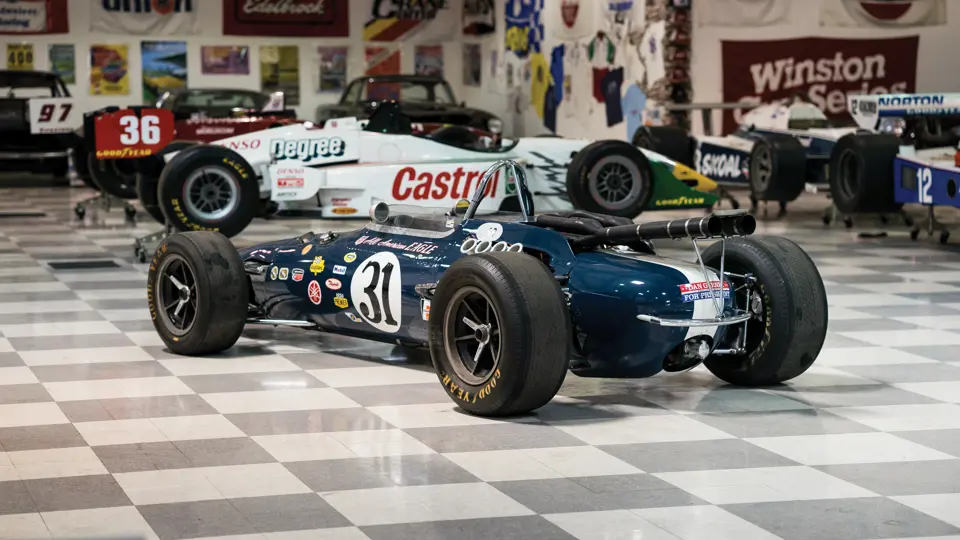
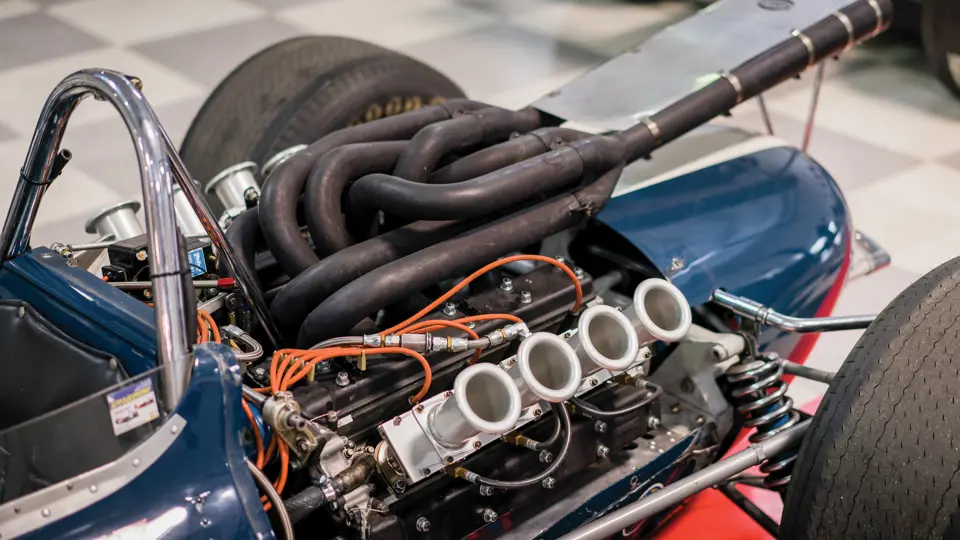


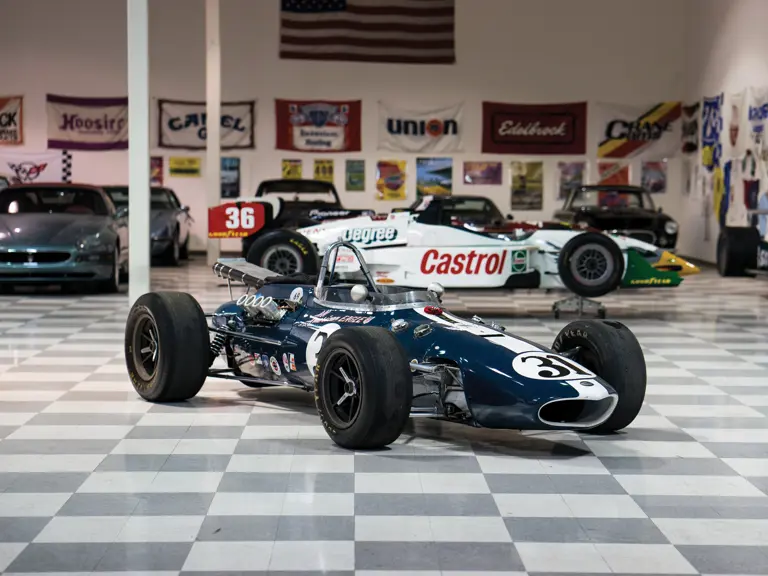

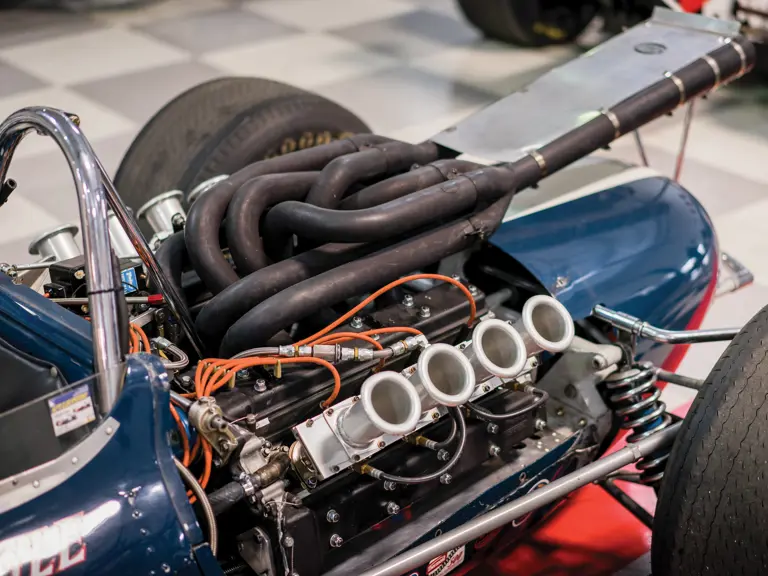
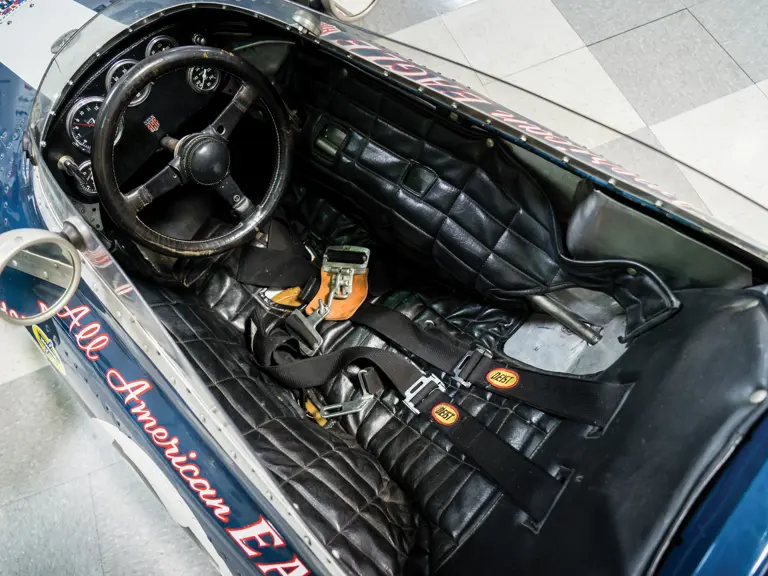
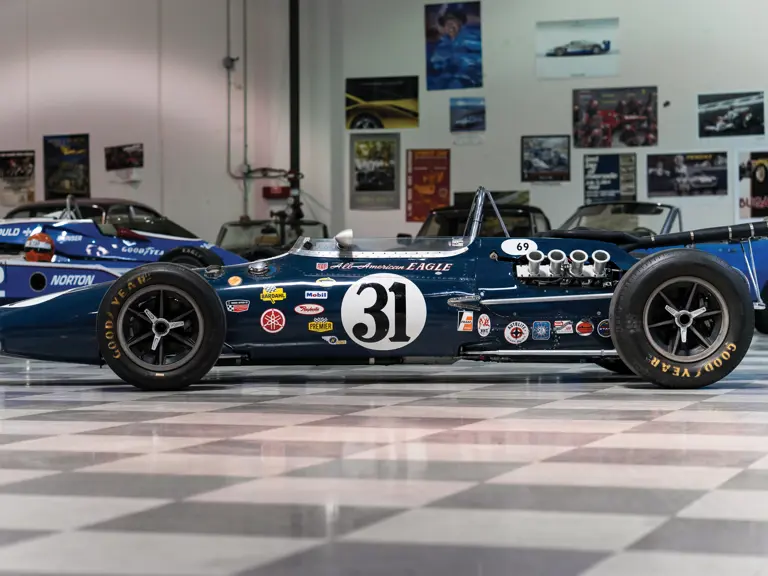
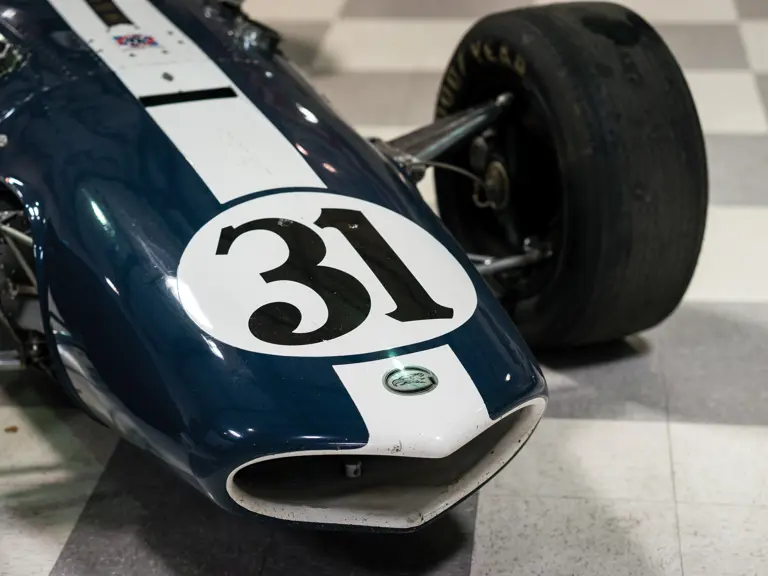

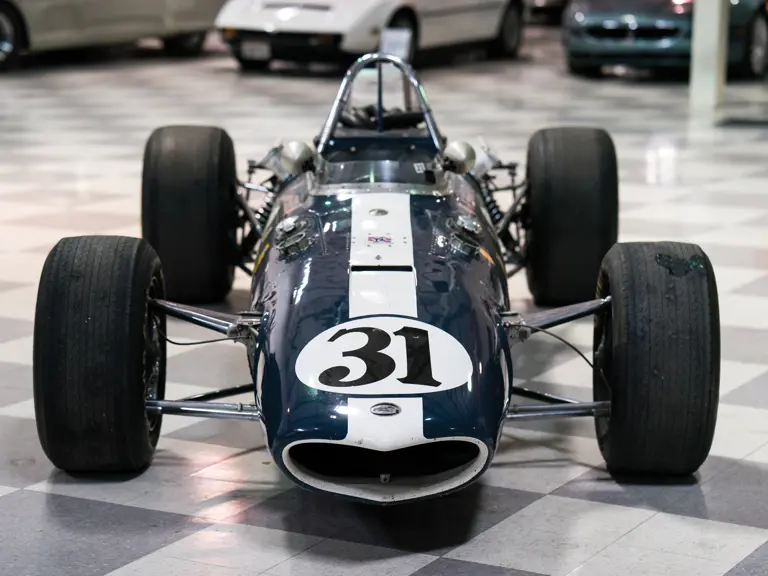

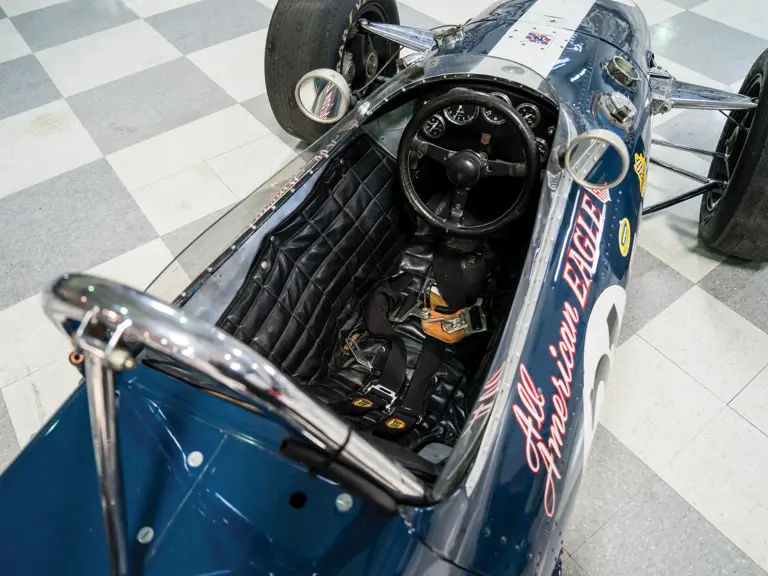
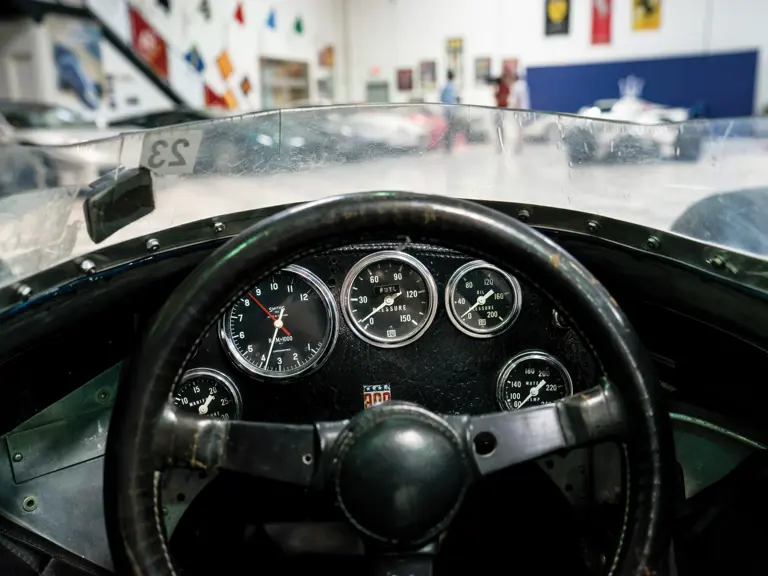
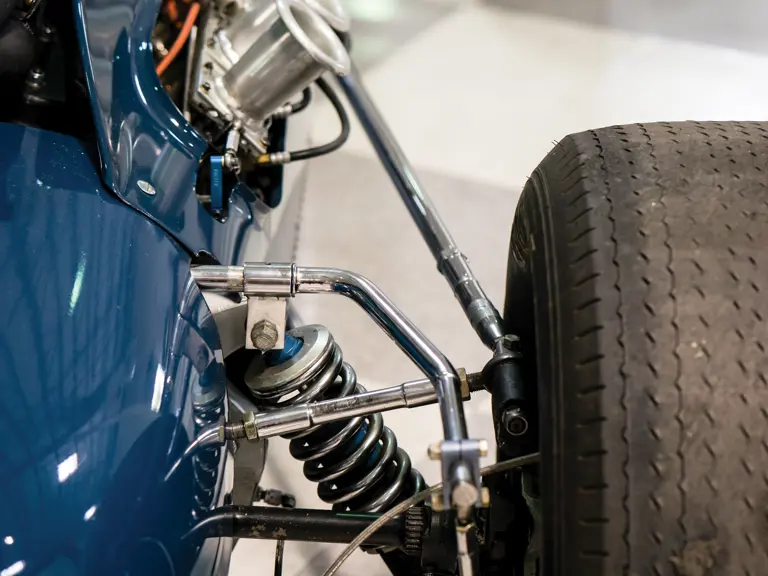
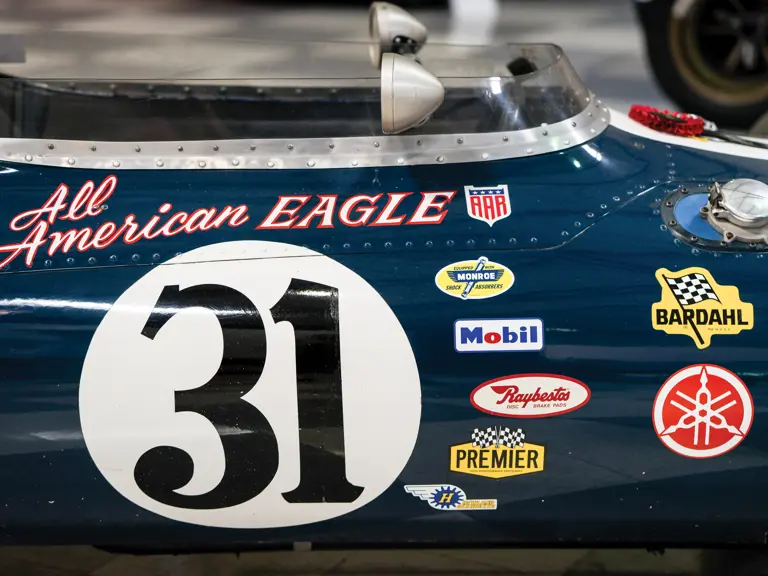

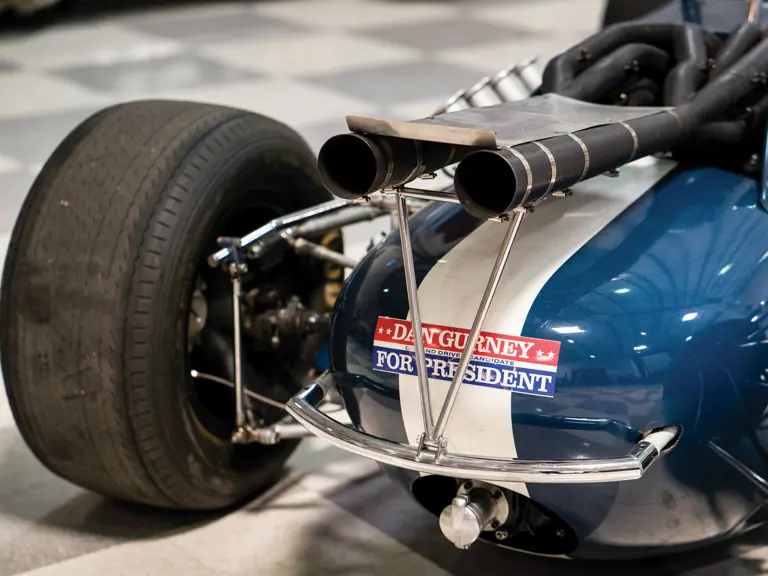


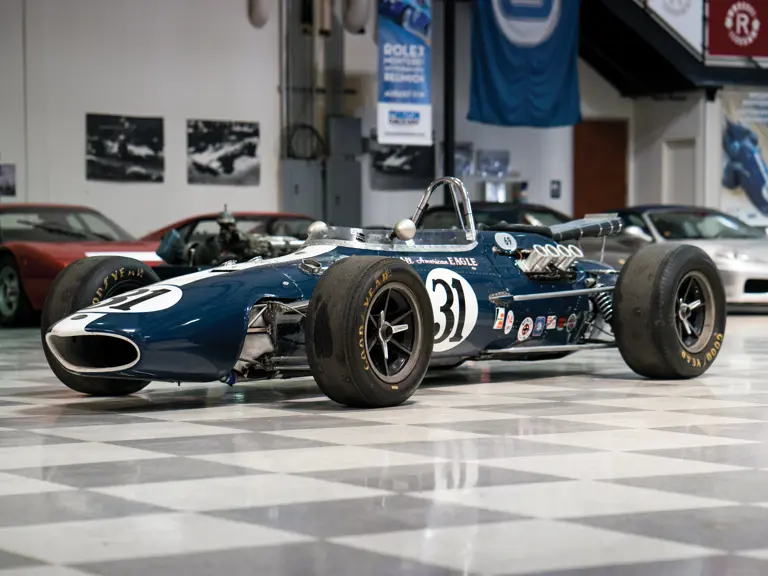
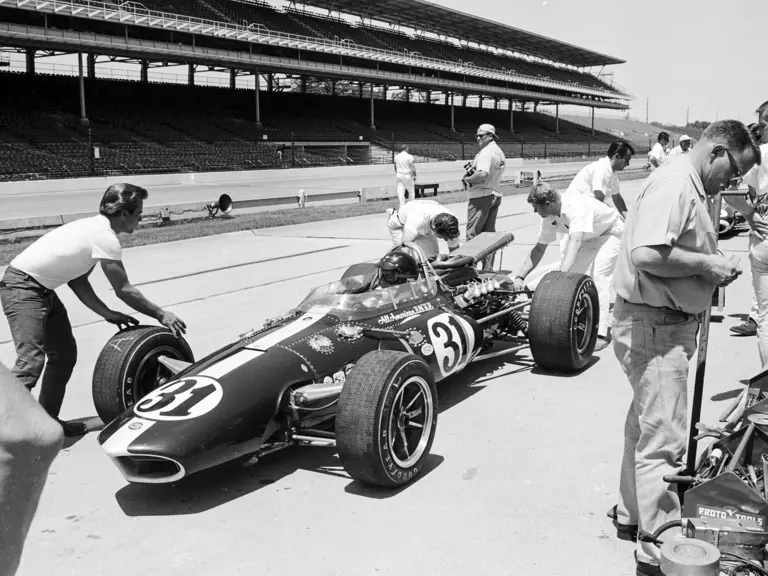
 | Monterey, California
| Monterey, California
